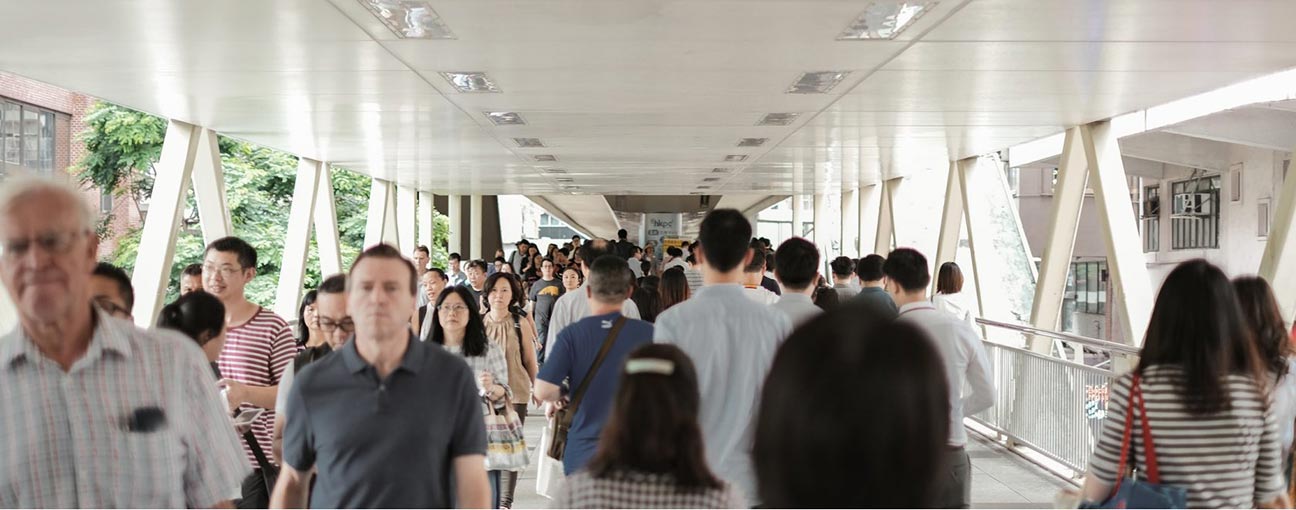Australia is a nation built on immigration. From the earliest Aboriginal settlers who arrived over 60,000 years ago to the present-day influx of migrants, Australia has been shaped by the people who have come to call it home.
In this article, we’ll journey through time to explore the rich and complex history of immigration to Australia, from its early days as a British penal colony to the multicultural melting pot it is today.
The First Settlers: Aboriginal Australians
The story of immigration to Australia begins with the arrival of the Aboriginal peoples, who are believed to have crossed the sea from Southeast Asia over 60,000 years ago. For thousands of years, these Indigenous Australians lived in isolation from the rest of the world, developing their own cultures, languages, and traditions.
The arrival of the British in the late 18th century marked the beginning of a new chapter in Australian history as the colonial power began establishing settlements on the continent. The First Fleet arrived in Sydney Cove in 1788, bringing convicts, soldiers, and settlers with it.
The Convict Era: Forced Migration to Australia
For the next several decades, Australia served as a dumping ground for Britain’s unwanted convicts. Between 1788 and 1868, around 162,000 convicts were transported to Australia, where they were put to work building infrastructure and settling the land.
Despite the harsh conditions and brutal treatment they received, many convicts built new lives in Australia. Some even became successful entrepreneurs and civic leaders.
Gold Rush and the Rise of Migration
In the mid-19th century, the discovery of gold in Victoria triggered a new wave of migration to Australia. Thousands of people worldwide came to Australia in search of fortune, including Chinese, Americans, and Europeans.
During this time, many migrants settled in Victoria, the wealthiest and most populous colony in Australia. The gold rush also led to the development of new industries and infrastructure, paving the way for Australia’s future prosperity.
Post-WWII Migration: Building a Multicultural Australia
After World War II, Australia experienced a surge in immigration that would transform the nation forever. In the aftermath of the war, Australia sought to rebuild its population and economy, and it turned to Europe for help.
Between 1945 and 1975, over 2 million people immigrated to Australia, including many Italians, Greeks, and Germans. This influx of migrants profoundly impacted Australian society, helping to create the multicultural nation that we know today.
Conclusion
Throughout the 20th century, Australia continued to welcome immigrants worldwide, including refugees and skilled workers. Today, nearly half of all Australians are either migrants themselves or have at least one parent who was born overseas.
The history of immigration to Australia is a rich and complex tapestry that tells the story of a nation built on diversity and resilience. From the earliest Aboriginal settlers to the post-war migrants who transformed Australia into a multicultural society, newcomers have played a vital role in shaping the nation’s identity and character.
As we look to the future, it’s clear that immigration will continue to be a defining feature of Australian life. By welcoming people worldwide, Australia can continue to grow and thrive, building on the legacy of those who have come before us.
You may also like



Popular reading
What our customers say
about us
Let’s hear their great stories
Book a consultation
Book your Migration Consultation today and take the first step towards your dream life in Australia. Our experts are waiting to guide you every step of the way.
Book a Visa ConsultationWelcome! Sign in to access your account and stay connected with all the latest updates and features.
New customer? Start here


